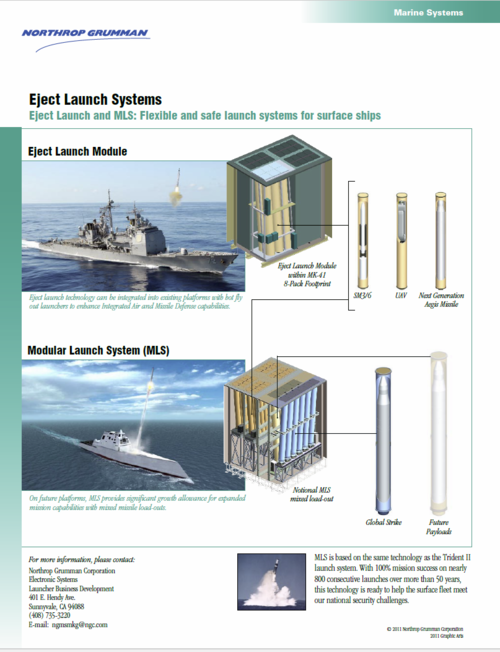And unlike the Air Force and F-22, the Navy can't point to Robert Gates decapitating Navy leadership as an explanation
for why the Zumwalt line was truncated.
Posted previously thought reason why Zumwalts canned
"The October CBO report on cost on the new FFG, gave details Table 1 of surface combatants since 1970, shows both full load and light displacement, the difference is the deadweight available for weapons, fuel, crew stores etc. Though the Zumwalt ~16,000t ship and the Burke Flight III ~10,000t both have the same deadweight of 2,100t, reflects the massive hit Zumwalt tumblehome hull design takes to stop it capsizing requiring ~6,000t internal stabilizing tanks.
Yesterday CNO Adm Gilday talking about the future destroyer LSC/DDG Next and ‘No more monstrosities’ referring to the $26 billion Zumwalt "
You have said you don't belive the CBO Zumwalt displacement figures, full load 15,656 long tons and light 13,539 long tons, but think they are in the right ballpark
Would add the retired CNO Adm Roughead who canned Zumwalt, tried to restrict buy to two ships but Congress/Pentagon insisted on completion of partially built third ship to support BIW, the procurement/build costs of the three ships, excluding development costs, $14 billion, $4.7 billion each (GAO figures in FY2020$) do understand that includes additional higher cost of first ship in class which includes the detail design etc, but even so compared to a Burke ~$2 billion each can understand Adm Roughead decision purely on cost grounds.





